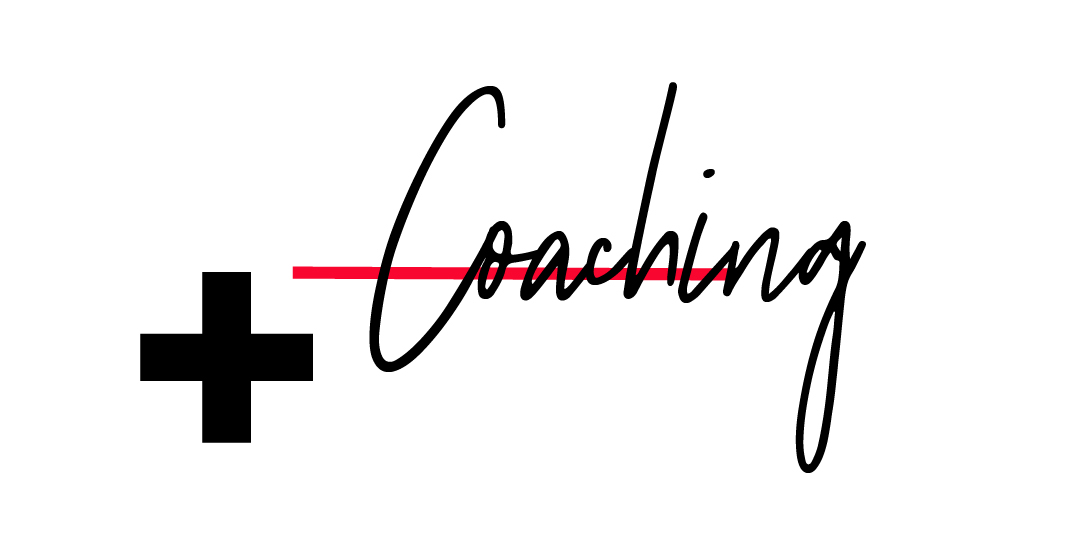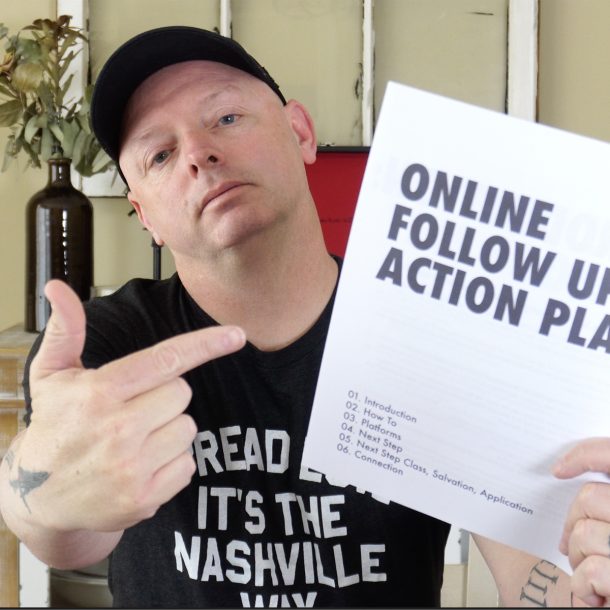The call to creativity is being heard loudly and around the world. There are few industries where the call is quieter than in the world of Churches. Everyone believes that being a little more creative could help to woo potential parishioners to give our church a chance. So when we are commissioned, as a creative class, how are we to practically respond?
There are a few rules of engagement to help build a creative culture and foster creativity in our organizations. Lets be clear that the following are strategies that work well for these specific organizations and while they may benefit you every organization is unique and requires unique rules of engagement. According to MailChimp’s CEO, Ben Chestnut, there are five guidelines he follows that he believes helps build a creative culture at MailChimp:
- Avoid rules and avoid order – Don’t just embrace chaos, but create a little bit of it. Constant change, from the top-down, keeps people nimble and flexible (and shows that you want constant change).
- Give yourself and your team permission to be creative. Permission to try something new, permission to fail, permission to embarrass yourself, permission to have crazy ideas.
- Hire weird people (how else do you think some of the greats made it to the top?) Not just the tattooed and pierced-in-strange-places kind, but people from outside your industry who would approach problems in different ways than you and your normal competitors.
- Make meetings less about delegation and task management and more about the cross-pollination of ideas
- Structure your company to be flexible. Creativity is often spontaneous, so the whole company needs to be able to pivot quickly and execute on them.
Over at Pepsi the creative team behind some of the most talked about commercials on TV right now have also narrowed their creative culture to five necessities:
- Invite innovation
- Challenge convention
- Experiment – it is one of the only ways to grow as a company
- Don’t let the perfect be the enemy of the good
- Learn, rinse and repeat – make sure that best practices, success and failures are shared across the organization
A few of the creative “musts” for our team include:
1. Collaborate freely and often – Voices help to find better results and the best ideas always wins. What one person can create on their own is minimal to what we can do as a team filled with trust. Give ideas space to live, be shared and exist before they are shot down.
2. Ask a lot of questions – Find out the why behind the way. What are the story, the back-story, and the final story? Who are we talking to and what are we trying to tell them? How can we do this better? Is this something that has never been tried before? If not, how can it be?
3. Change the canvas. Move things. Meet in different places. Change the music. Embrace diversity. Canvas changes spur new creative thoughts.
4. Once we settle on an idea…work that idea. Stay on the idea until we see it come to life.
5. Create time to be creative. This is very hard. It has to be intentional and made a priority.
6. Allow our best to be their best. Try to keep people in their sweet spots. Being in our sweet spot allows us to do our best work in our most passionate space.
7. Give permission to fail. It’s ok as long as we are working, trying and innovating hard. And when we take a risk we are making sure we are not compromising momentum.





Huge. Just huge. Great stuff Brewster.
Love this. I especially love your take on “changing the canvas”. That’s such a great concept. For us, building a creative culture means that it’s vitally important that we provide enough time for ideas to percolate. Artists don’t always need a ton of time, but we DO need enough time to dance with the idea during our drives home, our weekends, and our late nights. During those times, we just keeping asking God, “What else?” and “What more?”.
Christ said any who want to be his followers must take up their cross daily and follow him. Come and die. Tough stuff. But, he did not say come and follow without creative thought, the highest caliber of excellence or an infectious enthusiasm. Christ and the gospel deserve our absolute best. A culture like you’ve described, which would be wonderful to be a part of by the way, can only happen when it is cultivated from the top. Something tells me your church is fortunate on that score.
I always feel so out of place where I am. Like I’m too much, my wierdness and ideas are too far out there. I wish everyone would adopt this mentality that it’s ok to be you. To be different…. This is very encouraging.
This is great. Permission to fail is HUGE. I might even argue that it’s the most important–nothing discourages out-of-the-box thinking like fear. It’s enough to shut up even the most creative.